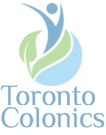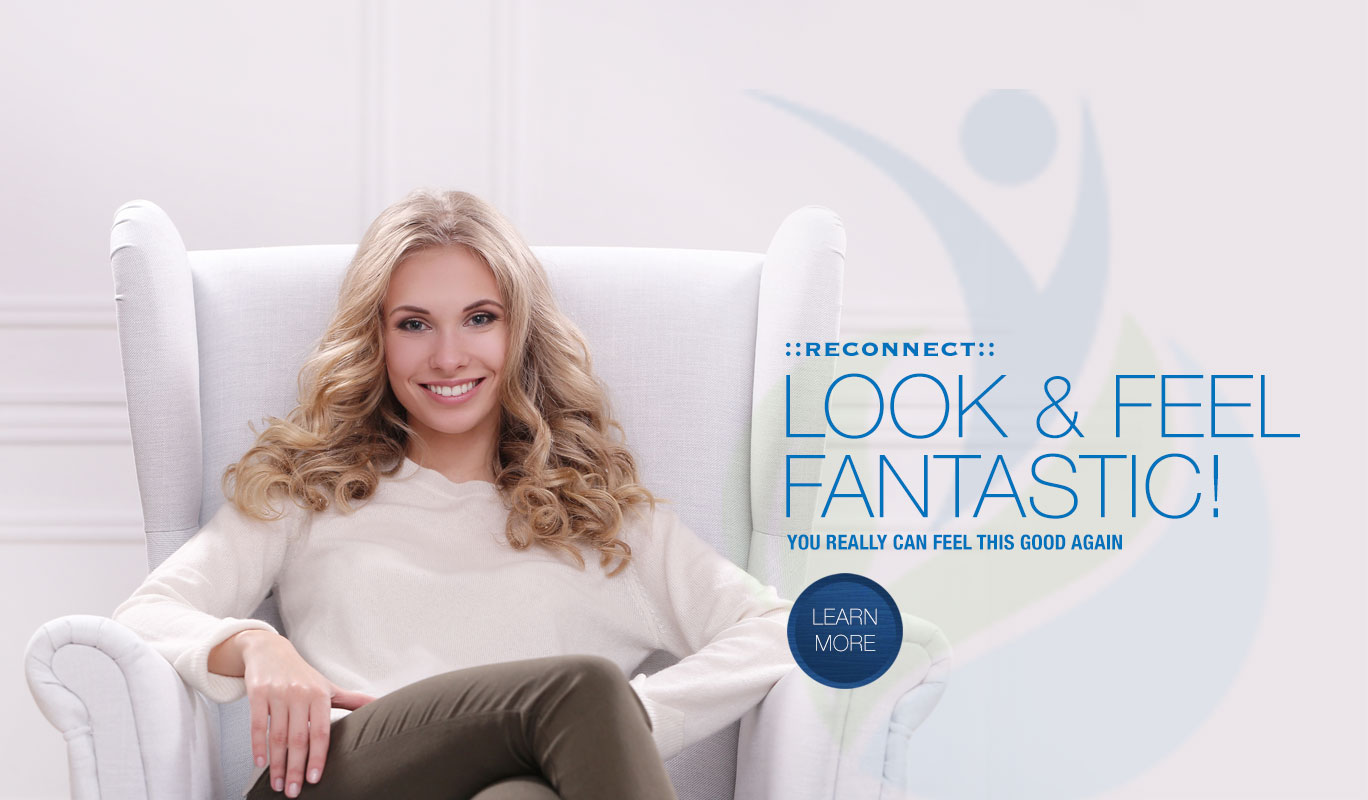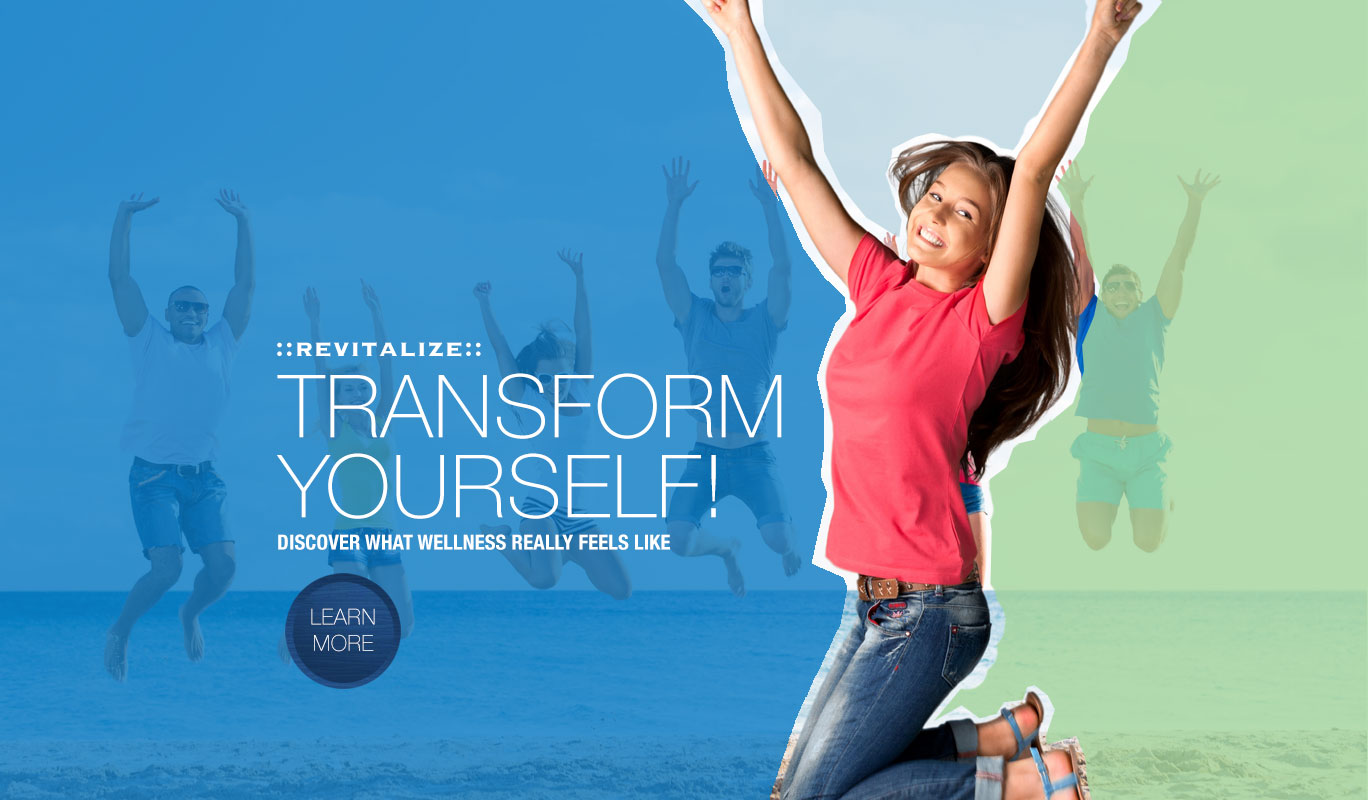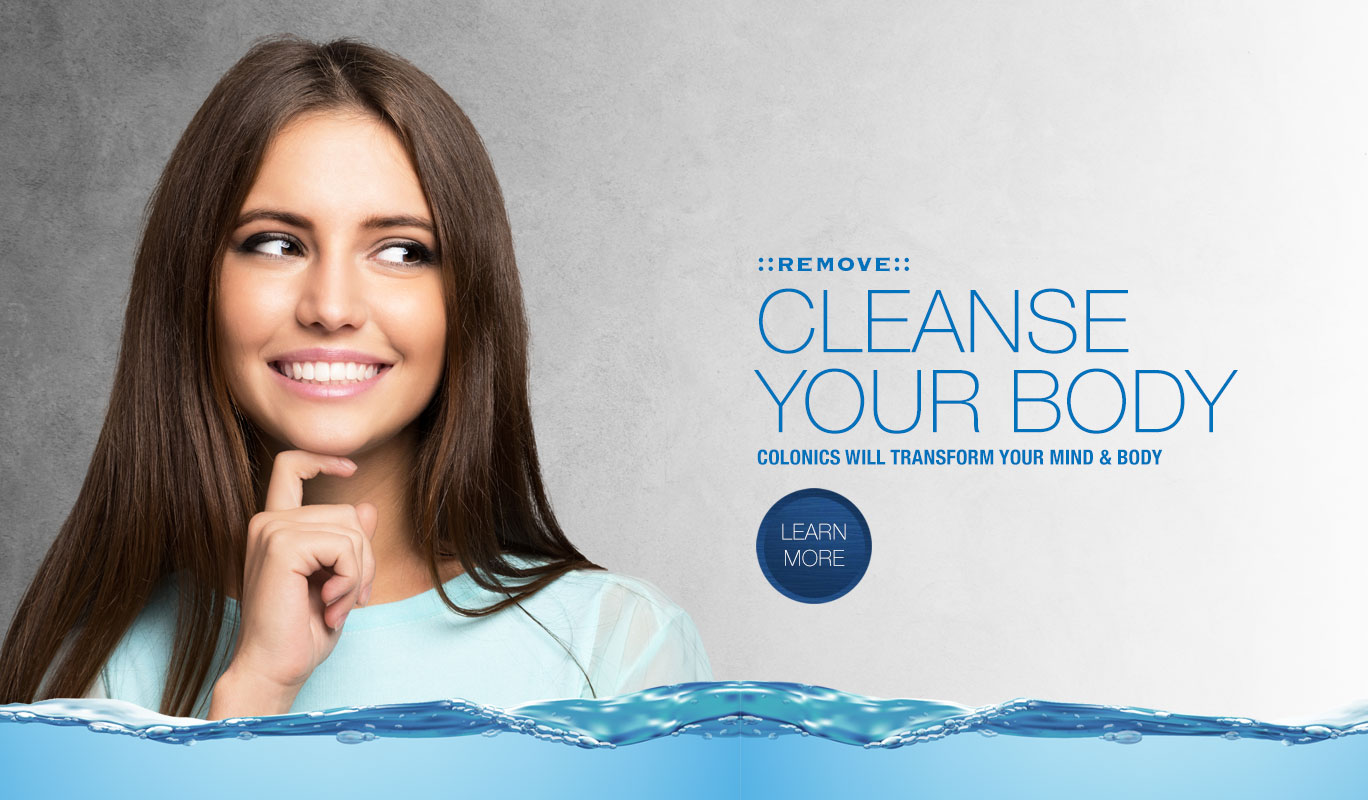Canadian Natural Health & Healing
We offer a range of certification courses at the Canadian Natural Health & Healing Centre. Browse through our offerings below.
DEEP TISSUE SCULPTURING
Introduction – Giving Life to Muscles
Body Sculpturing is a very precise form of medical massage therapy at the Canadian Natural Health and Healing clinic. It is used to treat muscle, tendon, and ligament complaints, as well as other crippling diseases. It is remarkably effective for skeletal structures that lie deep within the body and cannot be reached with the fingers in regular massage.
Body sculpturing works by breaking down scar tissue and crystallization, restoring proper muscle balance. Body Sculpturing increases the blood circulation to injured areas that have decreased blood supply. It accomplishes this through controlled manual manipulation.
This form of physical treatment surpasses normal results obtained from other known therapies. This therapy is very effective on disorders such as multiple sclerosis, muscular dystrophy, cerebral palsy, stroke, polio, arthritis, epilepsy, Parkinson’s disease, scoliosis, brain stem injury, migraines, carpal tunnel syndrome and chronic muscle injuries such as whiplash, sprains, strains, muscle spasms and sport injuries.
Invisible Bonds
When muscles become involved and natural performances are restricted, it is like carrying an extra load around with you all day. You take it with you when you go to bed, and it is still there in the morning. You go on each day – – muscles getting more involved and the impossible load is getting heavier. You are shackled with an invisible load caused by your invisible bonds.
DO YOU CARRY YOUR MUSCLES AROUND OR DO THEY CARRY YOU?
Body Sculpturing
The most potent form of massage is Body Sculpturing. By this means, and this means alone, one can manually reach structures far below the superficial tissue. Superficial techniques applied at a distance from the lesion cannot be expected to correct the problem. They can help by reducing inflammation, aiding circulation and soothing hyper-toned muscles, but the cause will still remain!
In any form of injury, chronic muscular problem or crippling disease, there will be scar tissue (lesions) or atrophy developed by the physiological process. A penetrating technique is clearly necessary if such tissues are to be affected. Therefore, it is vital to any client faced with a chronic disorder, that he or she be fully acquainted with Body Sculpturing, the most successful form of physical therapy.
Techniques of Body Sculpturing
Actual manipulation is a short, concentrated, transverse movement with a penetrating action applied directly on individual muscles, tendons or ligament fibres. This manual massage therapy is done with the base of the phalange, forearm, epicondyle and elbow. It induces increased blood flow and increases the range of motion.
Theory Of Body Sculpturing
Striated muscles consists of longitudinal fibres. Tendons and ligament tissue are comprised of rigid connective tissue. Micro-tearing as a result of injury, produces fibrous tissue to mend together the torn fibres. Atrophy, as a result of disease or traumatic injury, produces shortening of the muscle fibres. In each case, circulation and nerve transmissions are impaired. Longitudinal manipulation applied parallel to the fibres will merely move blood and lymph along. Transverse friction moves the fibres individually to and fro, freeing them from excessive fibrous tissue, venous and lymphatic congestion. Obviously, denser tendons and ligament tissue need deeper manipulation to free them from adhesions, and therefore manipulation is applied against the bone. This is the main effect of Body Sculpturing.
Muscle Spasm (Not the problem but the Symptom)
Muscle spasm is not constant. It springs into action at a certain point in the range of motion to protect arthritic joints, sprained ligaments, or the injured area. In these cases, the muscle spasm is largely beneficial. For example, when part of the meniscus is displaced at the knee, the hamstring muscles contract to prevent full extension of the joint, thus sparing overstretching of the ligaments. This is advantageous and the treatment should not be to relax the muscle but to reduce the displacement. Muscle spasm results from a lesion and is abolished when its cause ceases to operate. It is not muscles guarding the damaged tissue which set up the pain, it is the lesion itself. The muscle is only a protector of the lesion which causes the pain.
Scar Tissue
The fibres of a ligament, tendon or muscle are like strings of a violin in that they run parallel to one another. When fibres tear, it is as though the strings are cut. Ideally, the fibres should heal parallel again (like getting new violin strings), but often this does not happen. Instead, in the body’s enthusiasm to heal, the fibres are not only joined end to end, but they also stick to those running parallel to them, as if all the violin strings were glued together. When they are stretched through use, the strings, or the fibres, re-tear and the area becomes painful and inflamed. As the fibres heal again, the stick together in all directions, forming scar tissue. The autonomic nervous system mostly compensates for scar tissue by isolating or “walling off” the pain, but when the nervous system is over-run with stress, the compensation fails and pain results. This is true in clients who assume the pains are psychosomatic, for they only feel the pain during stress and their X-rays and nerve tests show nothing: for scar tissue will not show up on X-rays and does not usually inhibit full nerve transmission. Scar tissue is painful, rigid tissue which creates chronic muscle, tendon or ligament problems.
Muscle Imbalance
Muscle balance presents its greatest danger after injury has occurred. For instance if one’s leg is injured, the tendency is to compensate unconsciously by using the other leg more. Then the injured leg begins to atrophy (loses strength and size), especially in the actual tendon or muscle affected. Atrophy is one of the primary causes of re-injury and this is why we need to apply body sculpturing immediately, for if we do not, we are setting up recurring injuries and chronic problems in the body.
Muscles imbalance results, more commonly, from hypo-toned muscles. The abdomen is a prime example. In most individuals, this is a weak area and puts pressure on the pelvic cavity as well as the lower back. It is estimated that 60% of all Canadians suffer from lower back pain.
Body Sculpturing For Muscular Lesions
The main function of the muscle is to contract. As it does so, it broadens, hence the full mobility in broadening out must be maintained or restored in muscles that have been the seat of inflammation, either caused by one or repeated strains. Resolution by fibrosis is occurring or has already occurred. The effects of Body Sculpturing clearly consist of mobilizing the muscles and separating the adhesions between individual muscle fibres that are restricting the movement. If passive restoration to full mobility of muscle is followed by adequate active, remedial exercise, these adhesions will not re-form and proper healing will result.
The principle governing the treatment of muscles during acute of chronic stages is the same. We must endeavor to prevent the adherence of unwanted young fibrous tissue in recent cases or to rupture adherent scar tissue in long standing cases. To stretch out a muscle does not widen the distance between its fibres. On the contrary, during stretching the muscles lie more closely. Interfibrillary adhesions in muscle tissue can be broken, not by stretching, but by forcibly broadening the muscle out through Body Sculpturing. This is particularly true of the fibres that attach muscle to bone, where the vicinity of stationary tissue restricts the mobility of adjacent muscle. Thus, deep transverse manipulation restores mobility to the muscle in the same way as manipulation frees a joint. Indeed, the action of deep transverse massage may be summed up as affording immobilization which passive stretching, active exercise, or any type of physical therapy cannot achieve.
Body Sculpturing for Tendon and Ligament Lesions
In acute cases of chronic tenosynovitis (inflammation of a tendon sheath), Body Sculpturing acts somewhat differently. On logical grounds, it has been widely held that tenosynovitis, being a result of overuse, should not receive any form of treatment that may cause further irritation. Nevertheless, this is the very condition in which Body Sculpturing achieves some of its most brilliant and rapid results. The phenomenon of crepitus proves that roughening of the gliding surfaces occurs. The fact that slitting of the sheath of a tendon in an operation is immediately curative shows that it was the impaired movement between the close-fitting sheaths that set up the pain. Hence, it would appear that manual rolling of the tendon to and fro against the tendon itself serves to smooth the gliding surface off again. While the causative overuse was longitudinal friction, the curative is transverse.
Atrophy in Disease
In any disease-related muscle or nerve tissue, atrophy will result. In disorders such as Multiple Sclerosis or Parkinson’s Disease, we know that the tissues will continue to atrophy until the client is incapacitated. Yet, if we can manually prevent atrophy through Body Sculpturing and restore movement and circulation, we can help to prevent paralysis. As in stroke, paralysis is immediately present through traumatic injury to these tissues, if one immediately sets to work in reversing the injury, paralysis will not set in permanently.
Cost of In Clinic Body Sculpturing
$80.00 per one hour session (as of January 1st, 2009) plus $HST
6 sessions for the price of 5 – $450.00 (plus taxes).
FOOT SCULPTURING
This technique has an effect on feet similar to reflexology, but is much more powerful. Foot sculpturing is the most powerful technique for correcting chronic muscle disorders and circulation problems, and restoring proper balance. This technique will have an impact on any disorder. All the nerves and arteries end up in the feet. By performing this technique we wake up the whole body, by reflexively stimulating all the organs and body systems. Due to improper diet, lack of exercise and the continual presence of gravity, crystallization may occur in the feet, cutting off proper circulation reflexively, and slowing down the flow of blood and energy to any part of the body. These crystals are made up of uric acid, which is a by-product of your metabolism, and lactic acid, a by-product of muscle contraction. Between the two your feet could be cemented together. By breaking up the crystallization you help the feet return to a more natural shape, and this in turn will affect the bone structure from head to toe, realigning and reshaping the body to create proper balance. The feet are the foundation of the body.
Say good-bye to sore and tired feet!
Cost of In Clinic Foot Sculpturing
$80.00 per one hour session (as of January 1st, 2009) plus $HST
6 sessions for the price of 5 – $400.00 plus $HST
FACIAL SCULPTURING
Facial Sculpturing: Restoring Life to Muscles
Facial Sculpturing focuses specifically on the face to restore youthful tone and contour. Until recently, few options were available to men and women seeking a sound method to increase facial tone and colour as well as to reduce lines, wrinkles, and sagging skin – the visual signs of aging. Now, as a result of extensive research conducted by Alec Borsenko, R.M.T., a unique process of regenerative cosmetology called Facial Sculpturing is available to those who want to dramatically improve their appearance.
Aging, Beauty and Skin Tone
There comes a time in everyone’s life when their skin begins to look older – a time when they search for a way to subtract or slow down the years that nature has added. Aging tends to break down the polymeric bonding that gives young skin its fresh, smooth appearance. Poor diet and years of exposure to sun, wind and other environmental pollutants also contribute to the deterioration of skin tone. As the skin area begins to exceed the face area, bags, folds and wrinkles increase due to decreased circulation in the deeper muscles.
Superficial Massage can only achieve superficial results. There is no therapeutic technique other than Facial Sculpturing that can create long term results!
Beauty is Deep in the Skin
The surface of the skin can only reflect the structures supporting it and creating it. in this advanced Body Work Therapy we penetrate the deep tissue layers of the face to restore natural tone and contour. In regular practices, this approach is never taken (just light superficial work is done). Dormant cells deep in your skin are also stimulated during this remarkable process. They become renewed and bring a new radiance to the skin’s outer surface. Your skin will look fresh, glowing and healthy.
How Does This Procedure Work?
To understand how this process works it is important that you know something about the make up of the skin. Your outer skin is made up of several layers, called epidermis. It is this outer surface that becomes rough and wrinkled, mainly due to the decrease in circulation caused by lactic and uric acid crystallization in the deeper layers, causing adhesions which causes a breaking down of muscle fibers.
The by-product of muscle contraction is lactic acid and the by-product of metabolism is uric acid. These two by-products will crystallize in the tendons, ligaments and deeper muscles in the dermis, causing a build-up of waste products, which results in a decrease of oxygen and nutrition for deeper structures, because decreased circulation causes scar tissue to form. To increase circulation in the superficial muscles, we must remove the crystallization and scar tissue in the deeper layers before the elasticity of the superficial structures return, thus preventing premature aging. Did you ever notice how the deeper muscles are too tight and the superficial ones are too loose? We must restore this balance.
By using a transverse manipulation on the origin an insertion of the deeper tendons and ligaments we can release the whole muscle bundle. The origin and insertion is where the tendon or ligament attaches itself to the bone. So what is a tendon? Well it is part of the muscle on either end of the muscle belly that attaches itself to the bone. Now let me ask you another question. With continual contraction of our muscles, where do you think the most stress would be? In the muscle belly or in the most stressed place? That is right, at the end, where it is tied!
The tendons get the most stress, so they become matted with scar tissue and crystallization. So if that is true, then why do the tensions or spasms build up in the muscle belly? This reaction is a productive device for the tendon. If the belly stays contracted it cuts down on the range of motion; this cuts down on movement of the muscle which in turn protects the tendons from any crystallization.
So the final conclusion is: work deep so that you reach the insertion and origin of the tendons and ligaments. This in turn will reflexively release the muscle tension and spasm of the muscle belly, which was only there as a protective device in the first place. Try this: feel your face – that’s right, the superficial muscles or upper muscles are loose. Now feel the deeper layers, they are too tight. So let’s tighten the upper muscles by softening the lower muscles; this is called proper muscle tone, or otherwise now you have muscular balance.
Another problem with these tense muscles is bone displacement. Do the bones pull muscles out of place or do the muscles pull bones out of place? If we work on the deeper muscles, tendons and ligaments of the face we can change the structure to a more youthful look. The most powerful facial available. Nothing says more about you than your face.
Facial Sculpturing Helps With:
1. Degeneration of the dermis, which is the root of facial deterioration.
2. Migraines
3. Sinusitis
4. Facial tension
5. Temple Mandibular Joint problems
6. Eye strain
7. Acne
8. Scar tissue and surface acne scars
9. Trigeminal Neuralgia
10. Age spots – uneven complexion
11. Wrinkles, frown and worry lines
12. Throat problems
13. Creases and sagging skin
14. Bells Palsy and Stroke
Cost of In Clinic Facial Sculpturing
$80.00 per one hour session (as of January 1st, 2009) plus HST
6 sessions for the price of 5 – $400.00 plus HST





